The black impact layer from Nalbach and the first electron microscopic analyzes (REM-EDX)
What is Spinifex? Spinifex, not to be confused with the sweet grasses found primarily in Australia, is a term from mineralogy. Spinifex structures or spinifex structures are fibrous, skeletal, needle-like to lamellar crystal forms that are created when molten rock is quenched. Originally described in volcanology for komatiites, the term is increasingly used to describe impact melt rocks. A spinifex structure can be observed particularly significantly during the quenching and recrystallization of carbonate melts.

Spinifex structure of melt rocks from the Rubielos de la Cérida impact basin of the multiple Azuara impact event in Spain. On the left, silicate melt with glass spherules; middle, right: carbonate melt.
More spinifex structures are described, among others, from the impact structures of Rochechouart, Charlevoix, Paasselkä, Suvasvesi and, interestingly, very early on from the suevite of the Nördlinger Ries crater .
The black impact layer of Nalbach
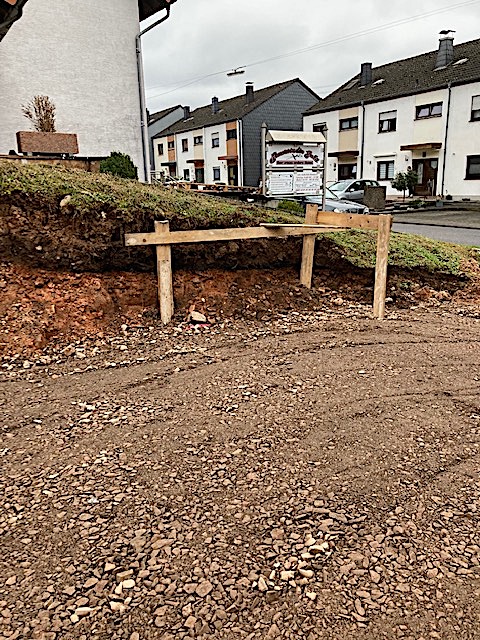
Fig. 1. The fresh outcrop discovered by Werner Müller in Nalbach.
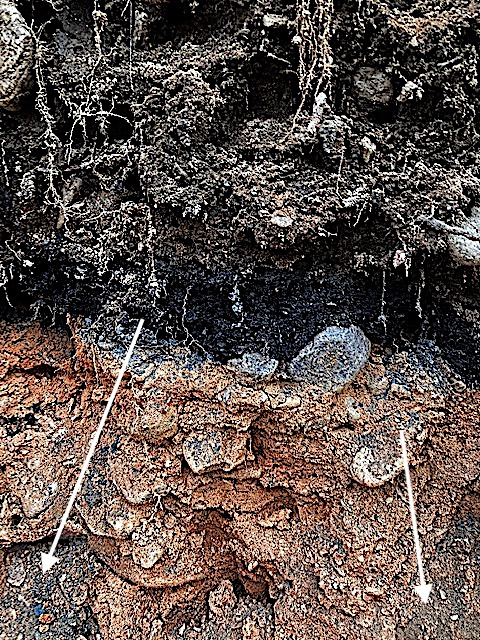
Fig. 2. Close-up of the impact layer bedding: the black melt rock layer over diamictite (roughly unsorted mixture of angularly broken and rounded components) over polymict impact breccia (arrows).
Samples for examinations at Carl Zeiss Microscopy GmbH, Oberkochen, (Dr. M. Hiltl).
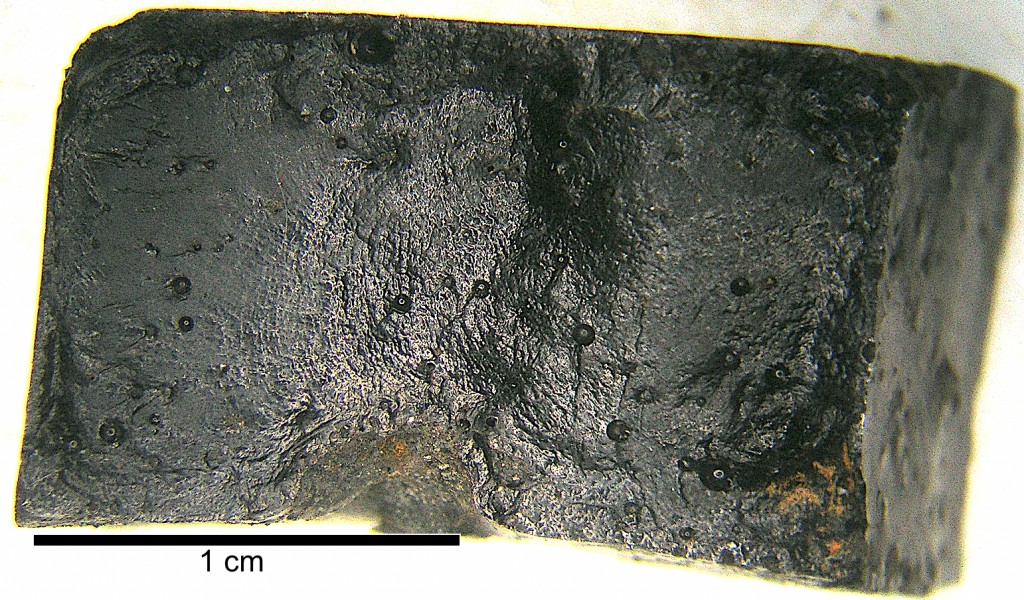
Fig. 3. Slightly larger, slightly bubbled glass component from the black layer.
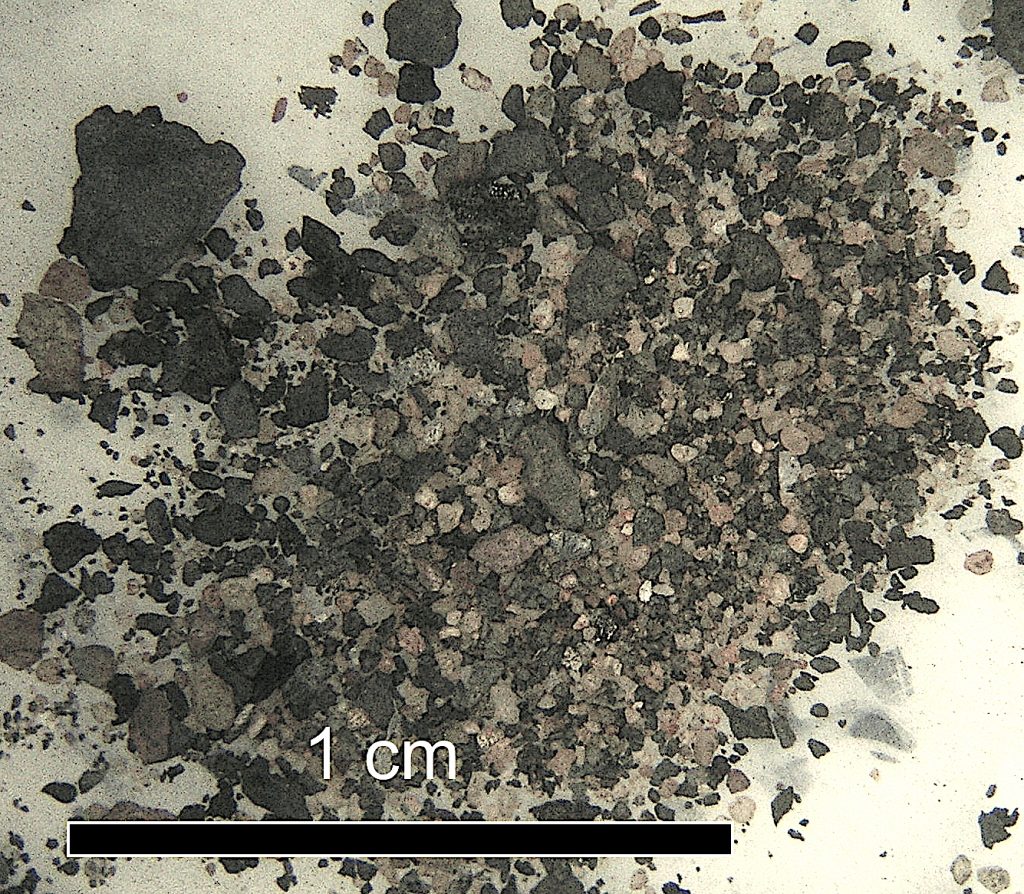
Fig. 4. The fine-grained fraction of the matrix of the black layer.
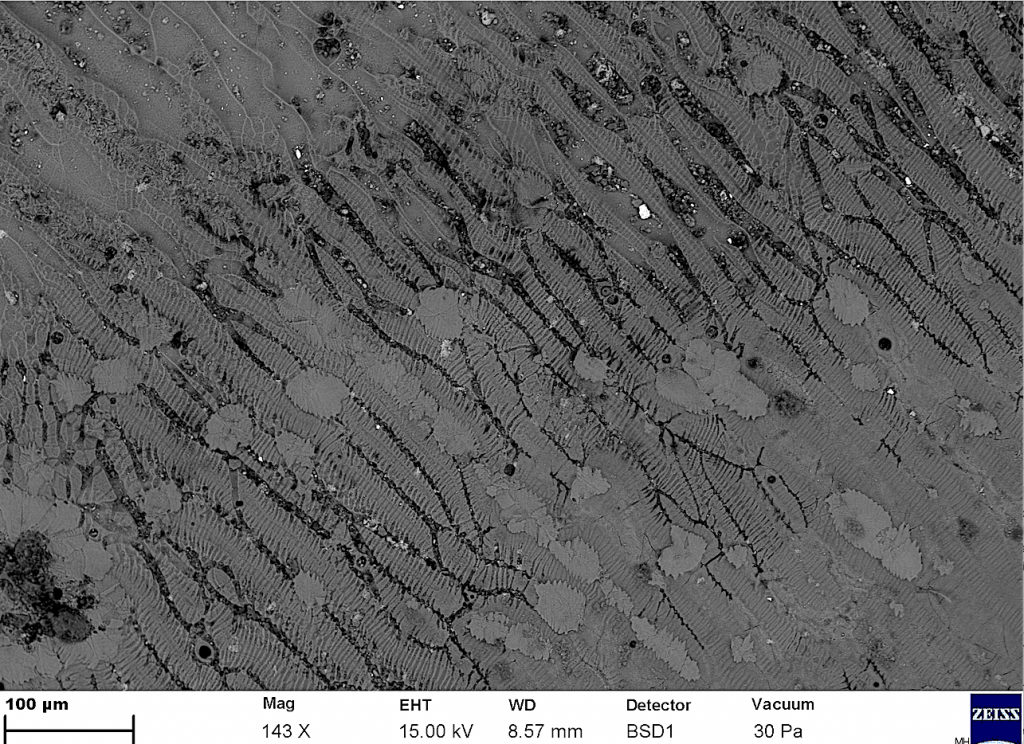
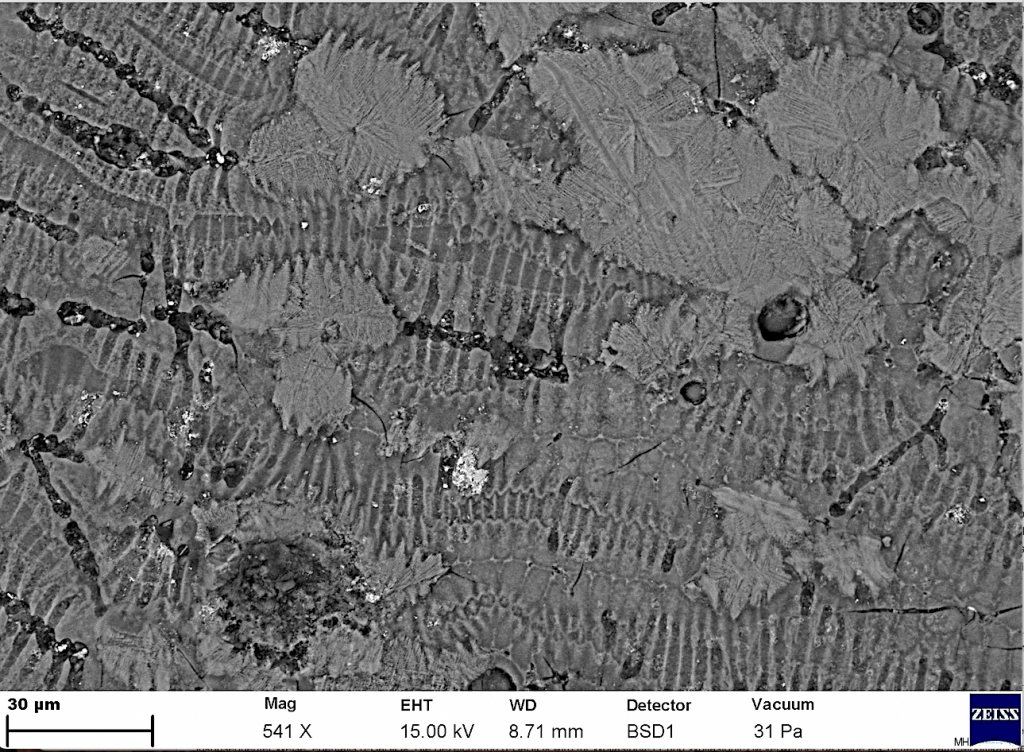
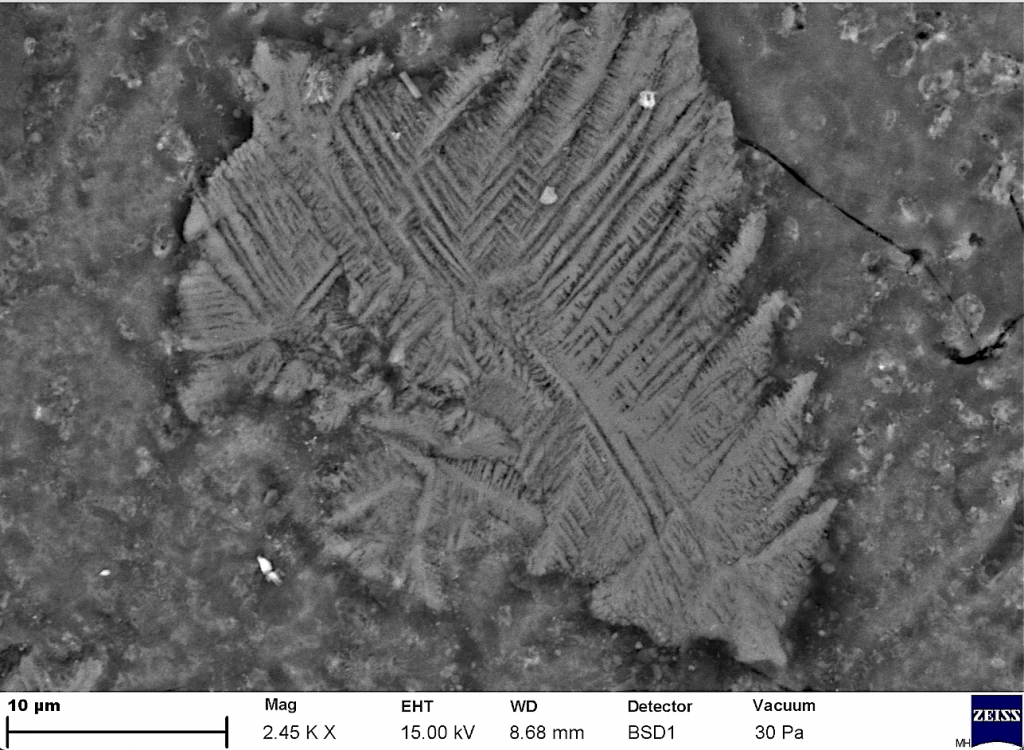
Fig. 5. SEM images of the glass sample with spinifex structure.
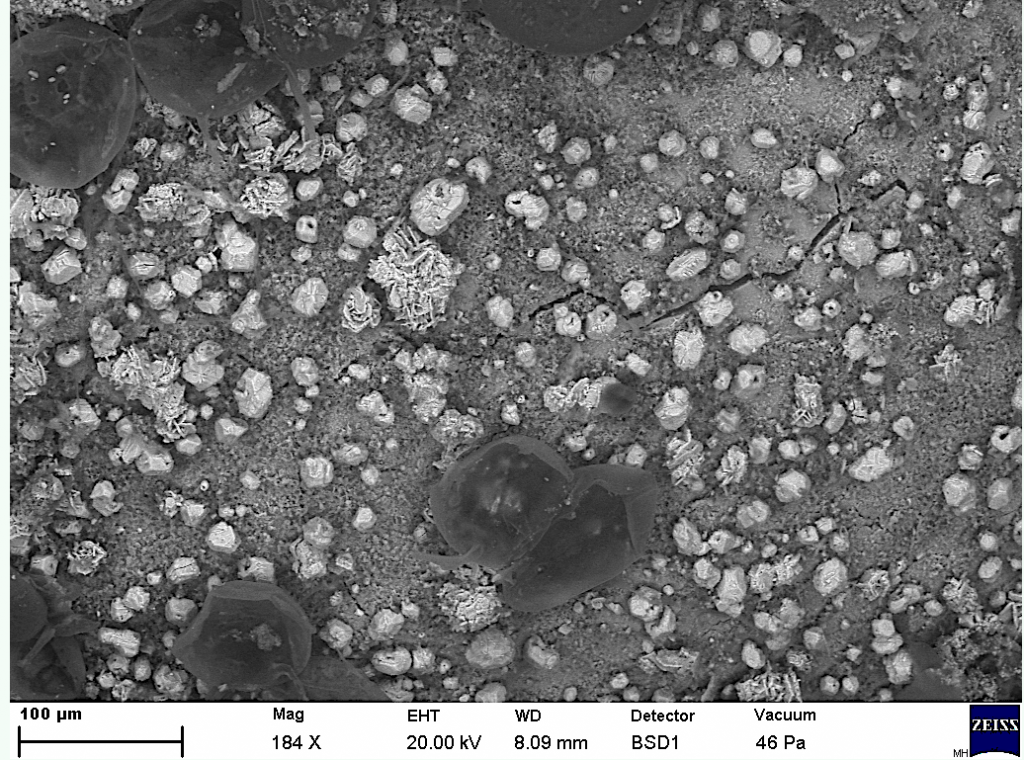
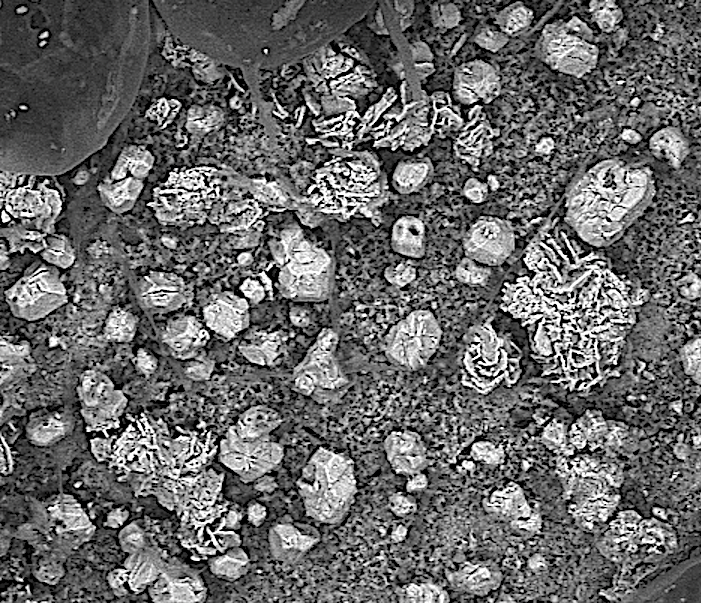
Fig. 6. SEM image of the fine-grained matrix of the black impact layer (enlarged detail below). The majority of the micrometer-sized particles are obviously quenched glasses, which is also indicated by the characteristic spinifex structure.
Some EDX elemental analyzes and spectra
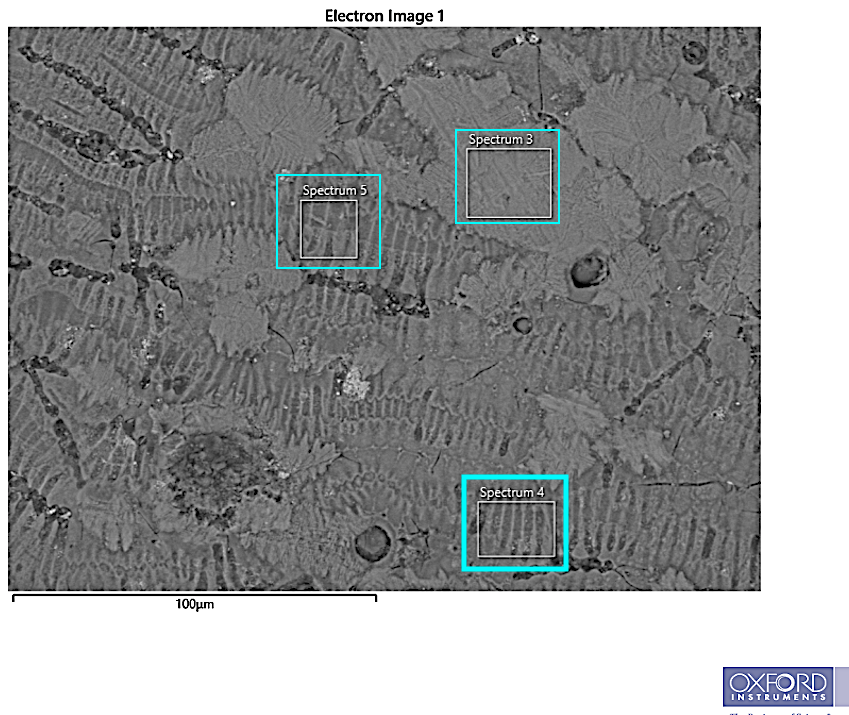
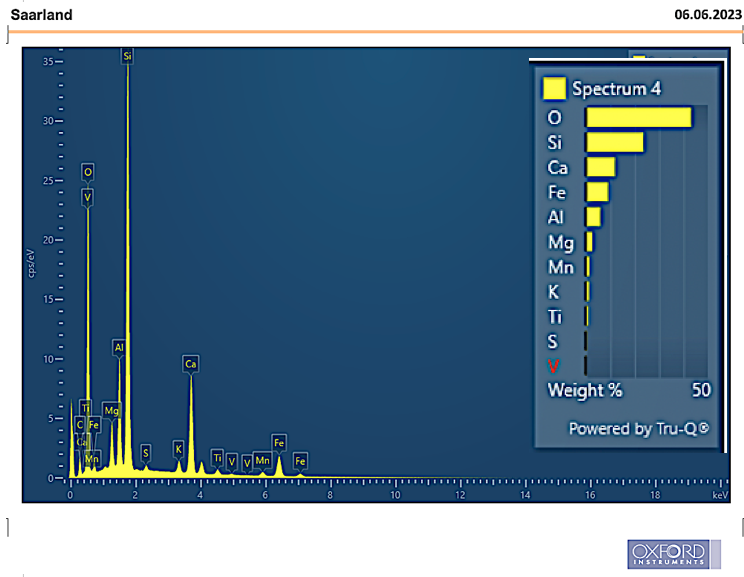
Fig. 7. EDX element analysis for the spectrum 4 window (top) of the large glass sample. There is no clear mineral classification, which is not surprising for a glass. The most likely association is with wollastonite, i.e. a calcium silicate CaSiO3, which is formed in the contact between calcite and SiO2. In this case, calcium sites could be replaced by iron, aluminum, magnesium, potassium and manganese, which can occur in wollastonite (Wikipedia). Spectra 3 and 5 are very similar. – Spinifex wollastonite in the form of high-temperature pseudo-wollastonite in a partially melted alpine siliceous limestone from the Tüttensee impact catastrophe layer of the Chiemgau. Figure 8 shows.
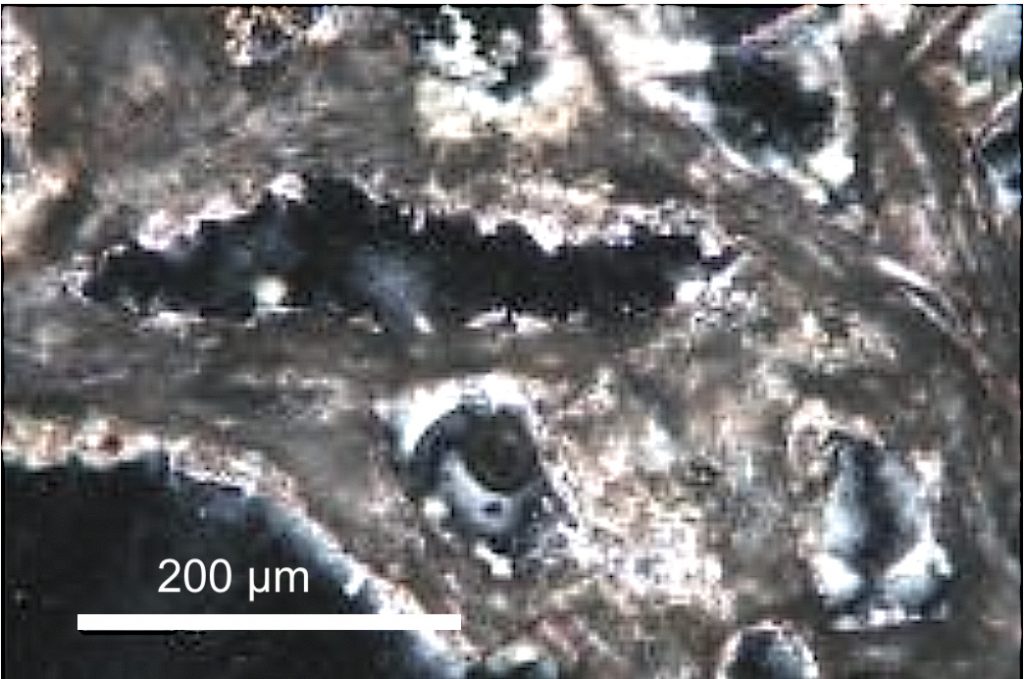
Fig. 8. Spinifex structure of high-temperature pseudowollastonite in a siliceous limestone melt rock from the Chiemgau impact.
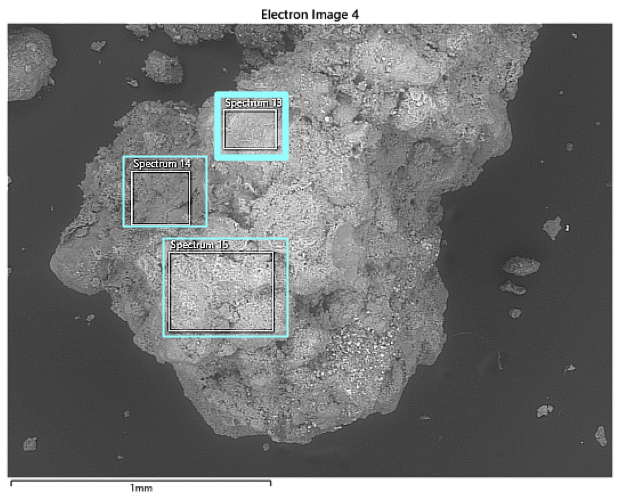
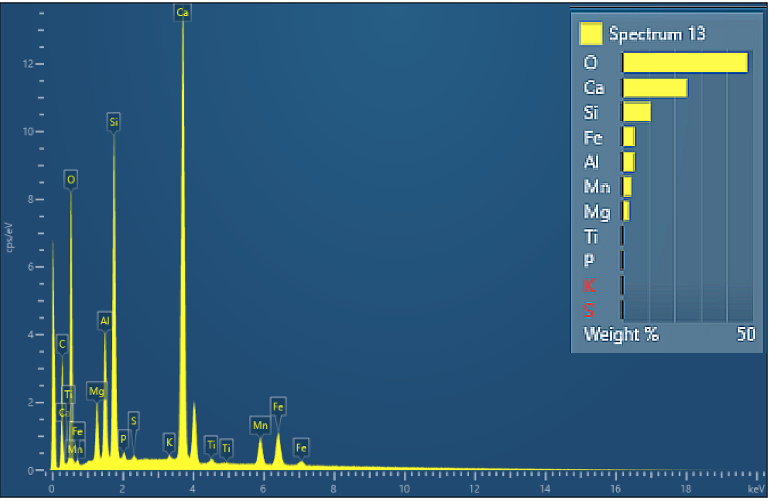
Fig. 9. EDX spectrum of a single grain from the matrix. The composition is similar to that of the larger glass particle (Fig. 7), roughly in the direction of wollastonite, in which Ca sites are replaced by other elements.
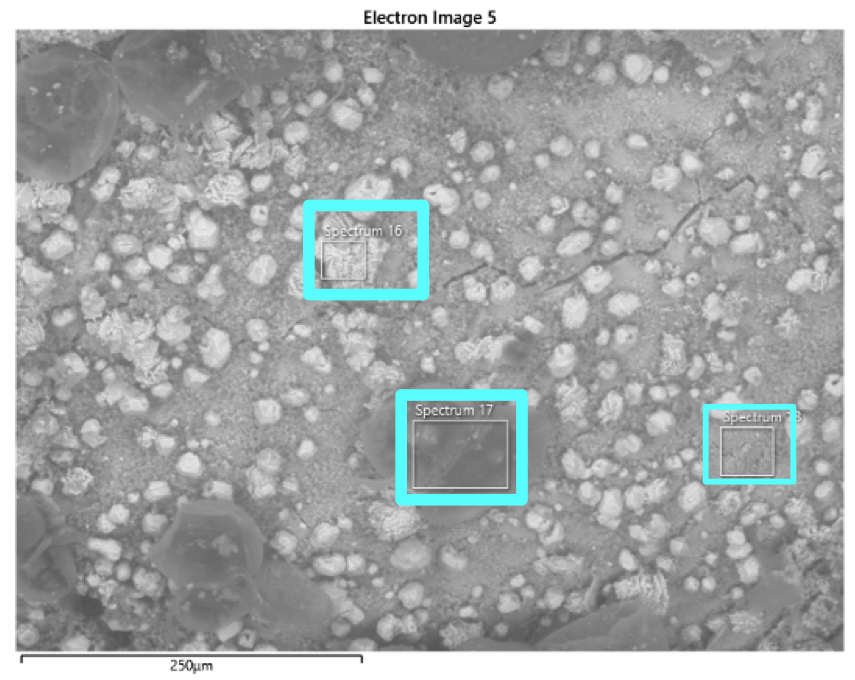

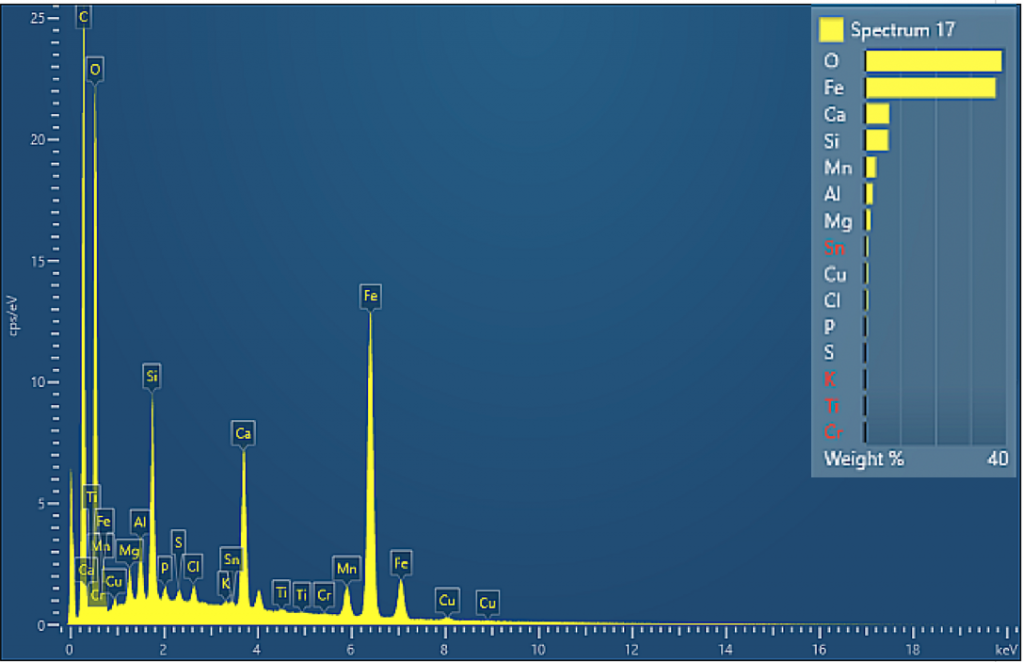
Fig. 10. Two spectra (16, 17) of particles from the matrix with again a similar element content, but highly enriched iron. Mineral “cocktail” or unknown mixed crystals?
Further investigations will follow.
A very first interpretation on this basis summarizes: In the relatively uniform element inventory of around 20 EDX spectra, Si, Ca, Fe and O dominate with mostly a few weight percent of Mg, Al and Mn and traces of other elements. In some places Fe is the dominant element. It could be related to the significantly increased magnetization of the black layer, without magnetite, wüstite or maghemite, for example, being able to be directly addressed as magnetic minerals in the spectra. If iron is ignored, the analyzes are aimed at Ca silicates, which were formed during impact from a reaction of limestone with quartz-containing rocks (scalloped limestone – red sandstone?) in a kind of wollastonite reaction at > 600°C. The elements Fe, Mg, Al, Mn could also have been incorporated into the Ca sites of the pure wollastonite. This is still very speculative and is subject to further investigation.












